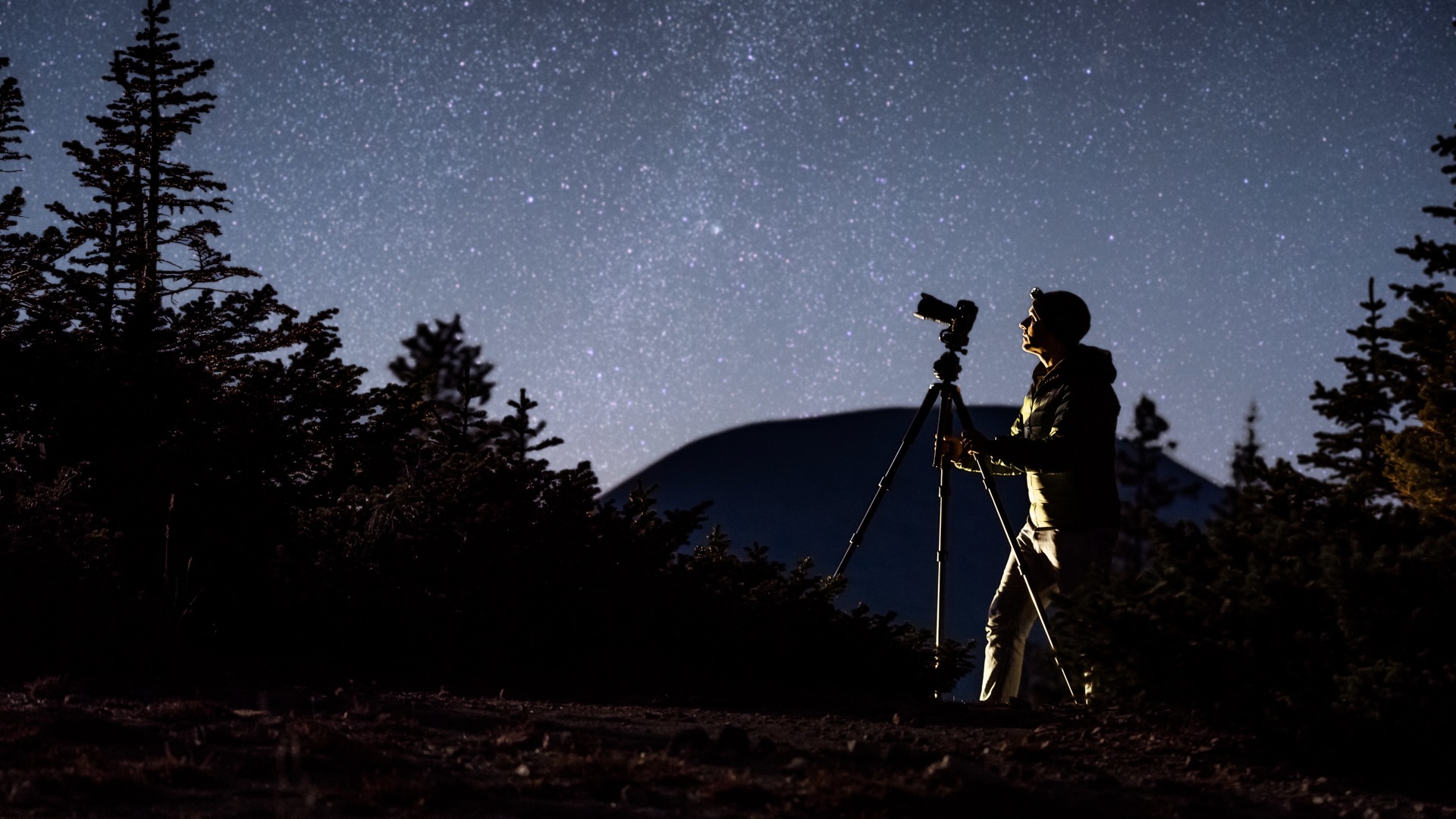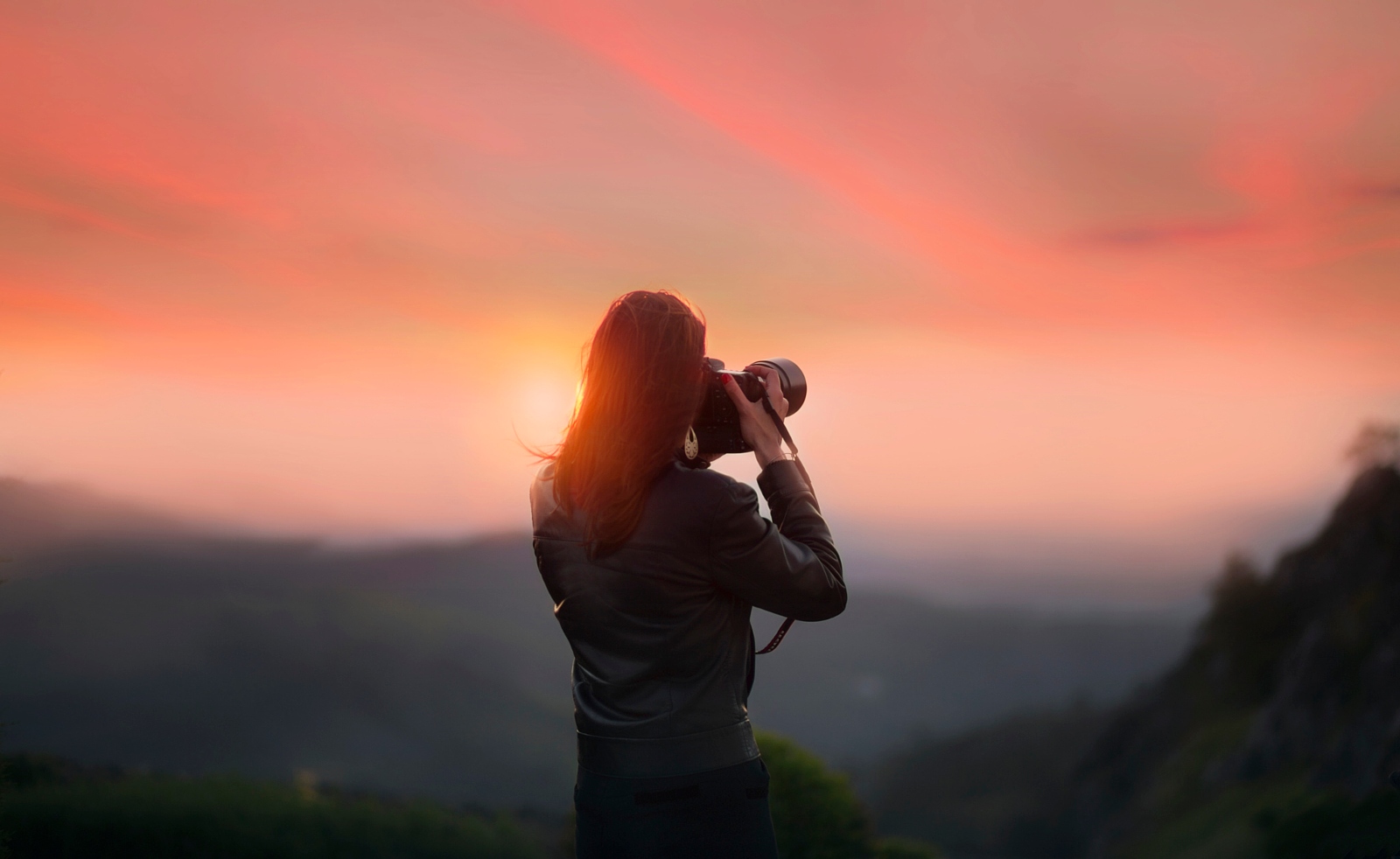Things photographers can do for their business during isolation The COVID-19 pandemic has wreaked havoc on a lot of creative industries, including professional photography. For the past 7 years, I’ve been a self-employed photographer shooting mainly corporate events and restaurants.
Just a month ago, my business was starting to pick up, and I was excited for a packed year of photography gigs. But COVID-19 started to spread and in less than 2 weeks, all of my photoshoots for the year were canceled or postponed indefinitely. It was a blow that I genuinely did not see coming.
Today, I have been self-quarantining at home for nearly a month, looking for any excuse to flex my creative muscles. In doing so, I’ve come up with 9 things that professional photographers can do while in isolation at home.
Evaluate your camera gear
Use this time to take inventory of your camera gear and accessories. Thoroughly clean your camera sensor and lenses (if you don’t know how now’s a good time to learn). If you find any gear that needs to be repaired, make a note of it, but don’t send it in to the manufacturer as many servicing facilities have closed down recently.
Make a list of all of your gear with details such as serial numbers for your own records and for insurance purposes. There are mobile apps for this, such as MyGearVault or Zither (iOS only) but a Google Docs spreadsheet will also work just fine. Speaking of insurance, make sure all of your gear is properly insured to give you peace of mind if you happen to damage or lose your gear.
Finally, take note of your camera inventory and evaluate what you really need. If you’re low on funds and really need the money, selling camera gear is one way to help make ends meet.
Rework your photography contracts
Before you perform any photography service in exchange for money, it is wise to have your client sign a photography contract. There are a number of reasons why photography contracts are important, but there’s one reason in particular that stands out right now. A good photography contract will have a section detailing what happens if a photoshoot needs to be canceled. This is important during times of economic prosperity (ie. what happens if you, the photographer, gets sick and can’t shoot?). But it is more important than ever now that nearly every type of photoshoot has been put on hold or canceled.
I am not a legal professional and cannot provide specific guidance, but here are a few things to consider spelling out in your photography contracts:
If a deposit is paid to secure your services, under what terms (if any) is that deposit refundable?
What happens if the client needs to postpone or cancel the photoshoot?
When it comes to enforcing the contract terms, it depends on your relationship with the client, but it doesn’t hurt to have some flexibility, especially since everyone is suffering right now. I’ve had a number of relatively positive outcomes including clients who credit the deposit toward a future photoshoot, some who decided not to collect the deposit back even though they had every right to, and many who have promised to rehire me for the photoshoot when they are able to reschedule it.
Back up your photos
If you don’t already have a solid backup system for your photography content, now is a great time to start one. There are a lot of backup options out there including NAS and RAID systems, cloud storage, and simply using physical hard drives. According to the 3-21- backup strategy, you should have at least 3 copies of your data, 2 copies that are on different devices (think 2 different hard drives), and 1 copy offsite (think cloud storage).
The great news about backups is that the cost of physical hard drives has dropped dramatically. Western Digital 10TB hard drives are under $200 right now, and Costco likely has not sold out of hard drives yet. My backup strategy uses a combination of physical hard drives, and cloud backups to both Backblaze and SmugMug.
Update your portfolio
While you’re backing up your photo archives, take time to comb through your library of images for work that can be used to update your photography portfolio. Add new work to existing albums, and consider making new categories. A section for Personal Projects is always great for showcasing creativity.
If you don’t have a photography portfolio or are considering switching platforms, now is a great time to look into different website options. Today, photographers are using everything from WordPress, Squarespace, SmugMug, and Instagram to showcase their work. Some sites are free and others are paid; many paid sites are offering discounts or extended trials right now, so consider taking advantage of them.
Also, don’t forget to update your LinkedIn profile. Although photography resumes are rarely needed, LinkedIn is a great place to keep a digital resume and professional presence. It can also help you generate new photography leads if you use the platform regularly.
Experiment with different photography techniques
It takes about 10,000 hours to master a skill, and it’s still possible to keep taking photos even if you’re stuck inside. Play with different photography concepts such as natural lighting and artificial lighting, macro photography – you get the picture. Explore these concepts in-depth and consider participating in or setting up a daily photography challenge for motivation. You may end up new skills that you can use in the future, or a new section in your portfolio.
One particular photography genre worth exploring is product photography. Online sales everywhere are up even during this pandemic which means that product photography is more important than ever before. Product photography requires proficiency in lighting and composition, and many of these skills are transferable to other types of photography including headshots and stock photography. You can also make a makeshift product photography “studio” in your home without buying expensive gear.
Consider selling stock photos
Stock photography doesn’t always have a positive reputation because payouts can be small and you typically have to upload a large number of photos over a long period of time to see results. However, this is a good time to consider stock photography because 1) we have a lot of time on our hands, and 2) any long-term passive income payment is better than nothing.
If you’re curious about stock photography, there are a number of websites out there where you can sign up and start uploading almost immediately. Shutterstock is my favorite since it is relatively quick and easy to upload and keyword content, and I have consistently made sales there since I started uploading two years ago. Just sign up for an account, read the fine print that details what quality standards they require and start learning about how to keyword your images since keywording is ultimately what will help you sell more images.
But before you start uploading, make sure that the images you want to sell are not prohibited for re-sale if you shot them for a client (refer to your contract), or a unique image that you might want to sell for yourself at a higher value down the road.
Diversify your income
This point may be hard to act on right now as many industries are not hiring, but start thinking of ways to diversify your income outside of taking photos. The reality is that outside of a pandemic, there are many reasons why you may not be able to perform your job (ie. prolonged illness, personal situations). In times like this, it’s important to have other streams of income or jobs that you can do that don’t require you physically picking up a camera.
Think editing photos for other photographers, being an image quality reviewer for stock photography websites, teaching photography classes, etc.
Prioritize your spending
This is probably a no-brainer if your business has ground to a halt as mine has, but it bears repeating. Now is the time to save your money as much as possible. We don’t know how long this pandemic will be around or how long it will be before business is back up and running. Realistically, not all of our clients' businesses may make it, and budgets for photography may shrink or dry up after all of this is over. So count your pennies now and do what you can to make your money stretch.
And if you don’t already have one, consider starting an emergency saving account that you chip in to on a regular basis. This may not be possible to start right now, but this pandemic is a good reminder of why it is essential to have emergency savings on hand in the future.
Take up a new hobby
Even though it’s important to keep practicing photography right now, it’s also worth taking a break from it. Taking some time away from photography is great for inspiring different types of creativity. We have so much time on our hands right now, that you can make the most out of it by learning a new skill or taking up new hobbies. Is there a language you always wanted to learn? Or a recipe you want to perfect? Think of a time when you’ve said, "If only I had more time, I would do ___” and start doing it.
2020-4-14 16:00








